Ancient news stories
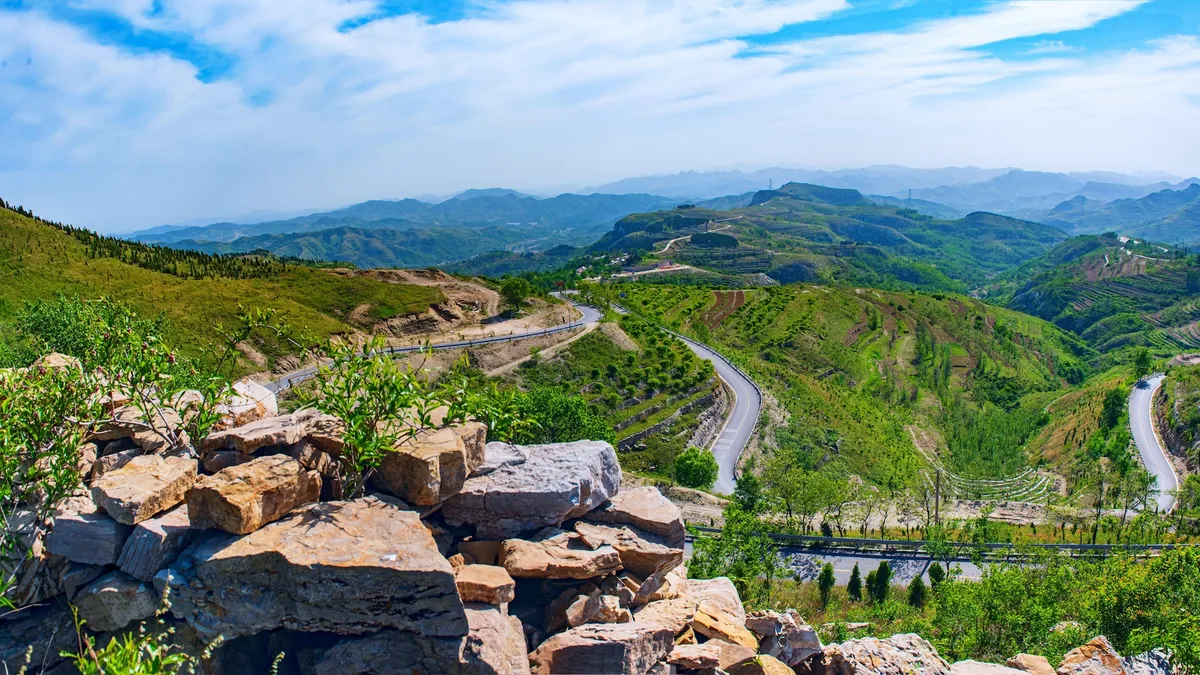
Archaeologists in China have discovered a 2,800-year-old fortified wall that predates the country’s first emperor.

New research has demonstrated the precise relationship between past ice ages and each wobble, tilt, and angle of the planet’s path, unlocking a new tool for predicting the future fluctuations of our global climate. The team’s research has been published in Science.

An “extraordinary” timber circle believed to be thousands of years old and connected to Stonehenge in England has been discovered in the ground in Denmark.
The earliest evidence that humans inhabited rainforests has been found in Africa, a surprising find which pushes human settlement in these habitats much further back than previously thought…As a result, rainforests have often been overlooked as important habitats in the evolution of early modern humans. New research published in Nature has put a dent in this assumption.

How a pandemic travel restriction led to a revolutionary discovery about early humans.
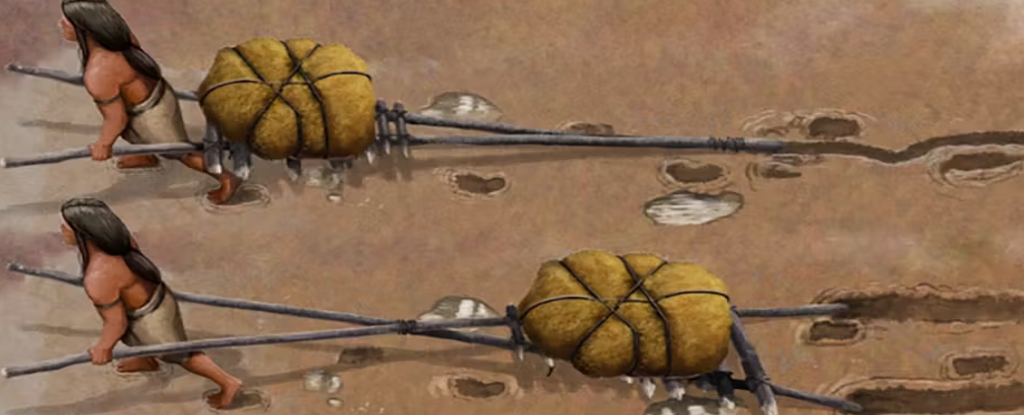
If you’re a parent, you’ve probably tried, at some point, to navigate the supermarket with a trolley and at least one child in tow. But our new study suggests there was an ancient equivalent, dating to 22,000 years ago.
Research into the shape of Neanderthal inner ears challenges the theory that the extinct human species originated out of an evolutionary event that led to a loss of part of their genetic diversity. The findings, published in Nature Communications, are based on fossils from across Europe and Western Asia.
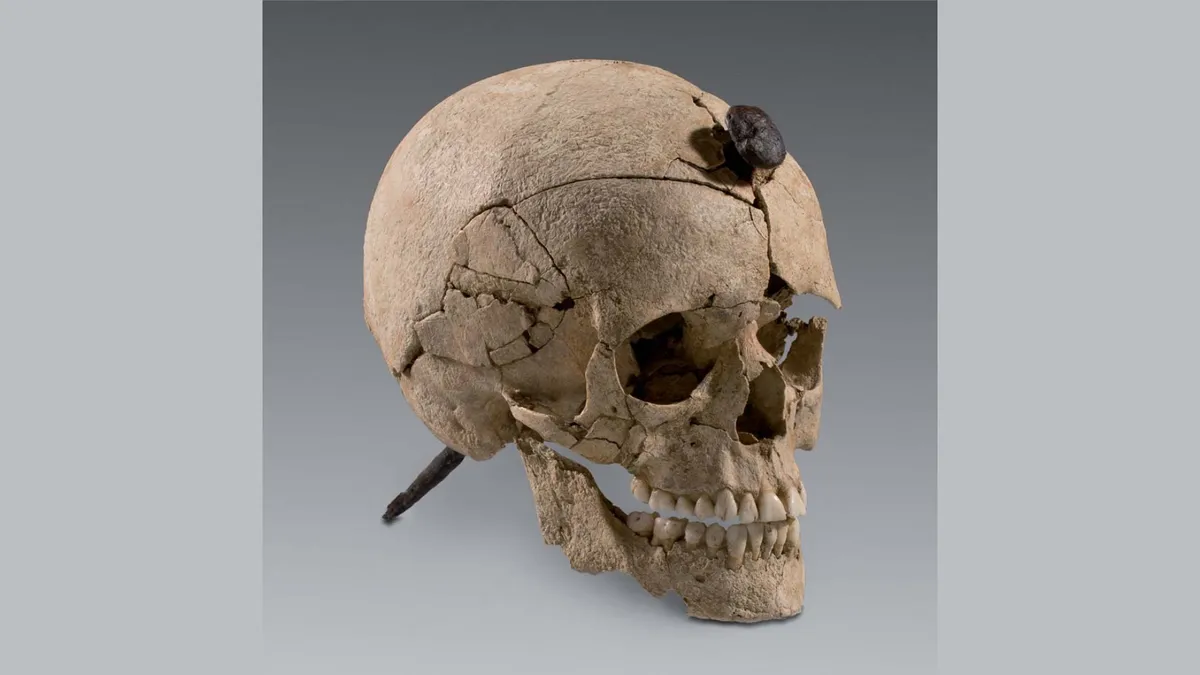
Prehistoric people in Spain severed the heads of dead people and drove giant nails through their skulls for very different reasons: to celebrate the community’s ancestors and to intimidate their enemies, a new analysis of Iron Age skulls suggests.

The ancient peoples of the Philippines and of Island Southeast Asia (ISEA) may have built sophisticated boats and mastered seafaring tens of thousands of years ago—millennia before Magellan, Zheng He, and even the Polynesians. The paper was published in the Journal of Archaeological Science.
The researchers suggest that this could be linked to violence between groups of ancient humans at the end of the last Ice Age.

In a rare encounter, a young man from an isolated Indigenous tribe approached a riverine community in Brazil’s Amazon, the country’s Indigenous affairs agency and local witnesses said Thursday.

The tiny cuts and grooves that decorate some ancient human artifacts are not just pretty accidents, according to some archaeologists. The subtle patterns could be early signs of creativity and symbolic thinking in our stone-knapping ancestors. The study was published in Archaeological and Anthropological Sciences.
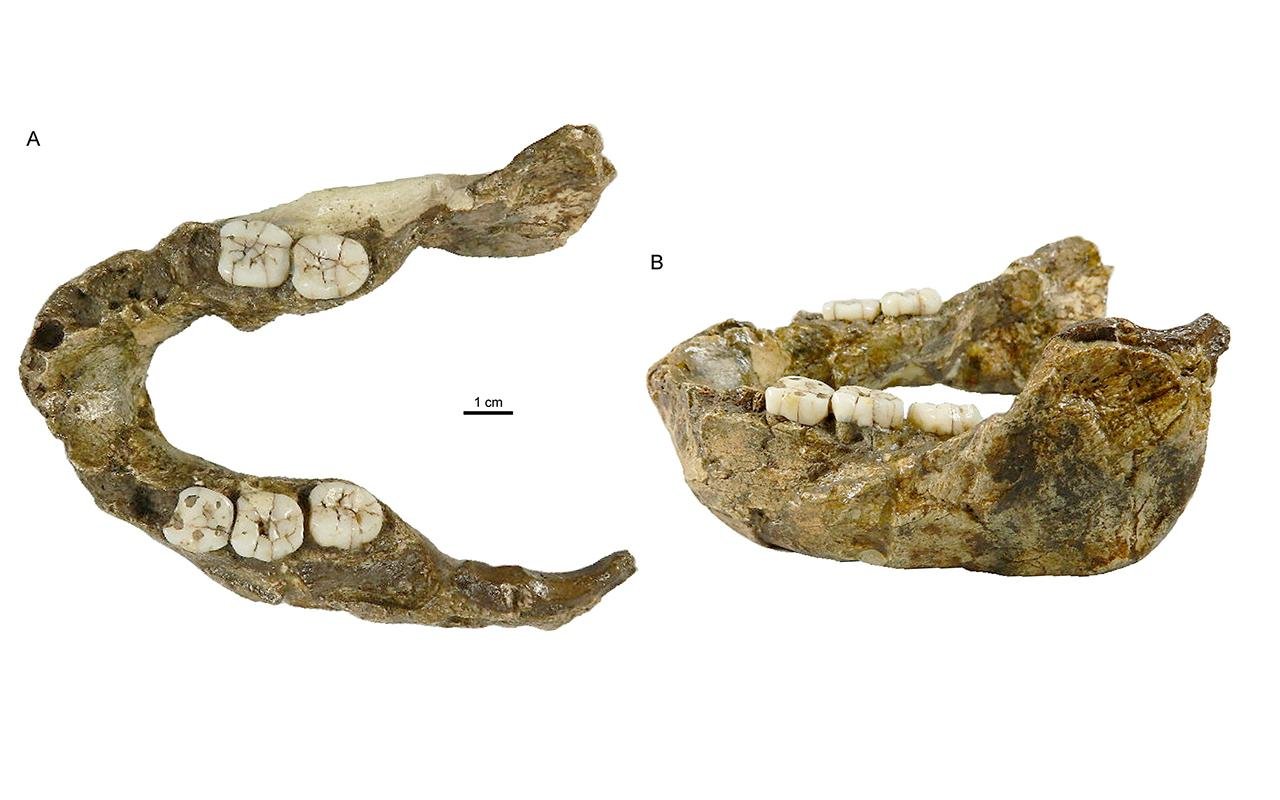
A 1.4-million-year-old fossilized jawbone found in South Africa belongs to a newly discovered species of Paranthropus, an extinct genus of human relatives, according to a recent study published in the Journal of Human Evolution.

A new study demonstrates that certain incised stone artifacts from the Levantine Middle Paleolithic, specifically from Manot, Qafzeh, and Quneitra caves, were deliberately engraved with geometric patterns, indicating advanced cognitive and symbolic behavior among early humans.
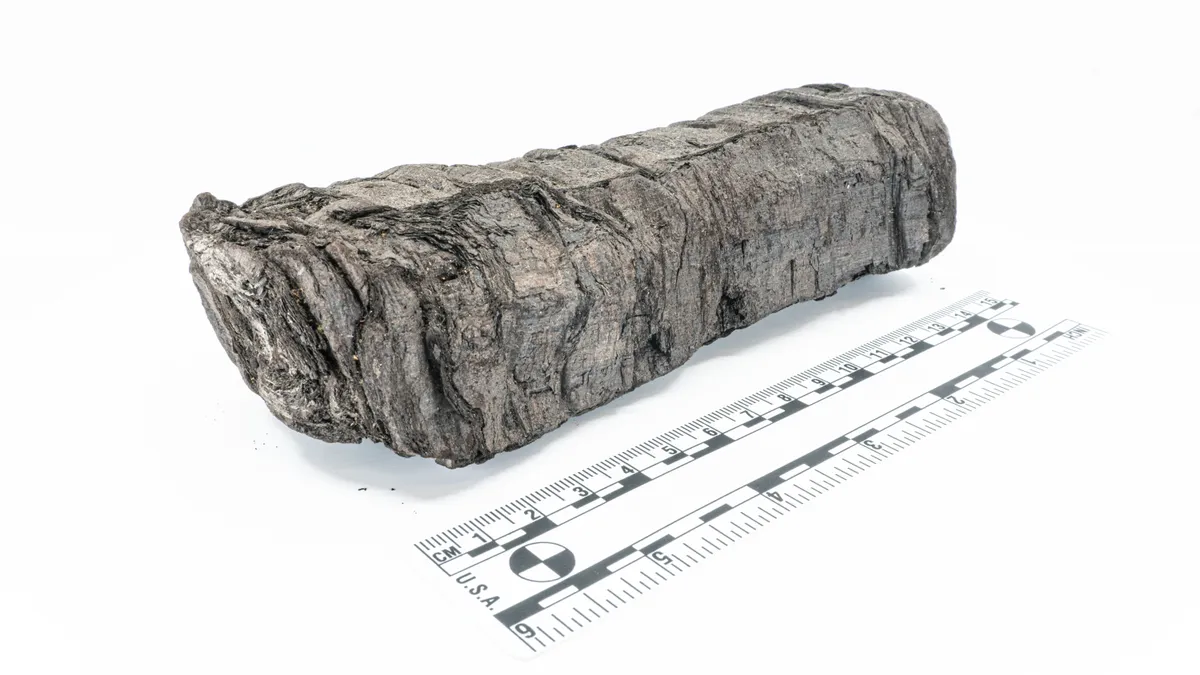
A 2,000-year-old Herculaneum scroll buried by the eruption of Mount Vesuvius is filled with lost words that scholars can now decipher thanks to AI and a particle accelerator.

Cephalopods may have the oldest sex chromosomes of any animal, according to a new discovery in the octopus genome. That’s a big deal, given that scientists didn’t know until now if these oddball creatures even had a form of sex determination written into their genes. The research is published in Current Biology.








